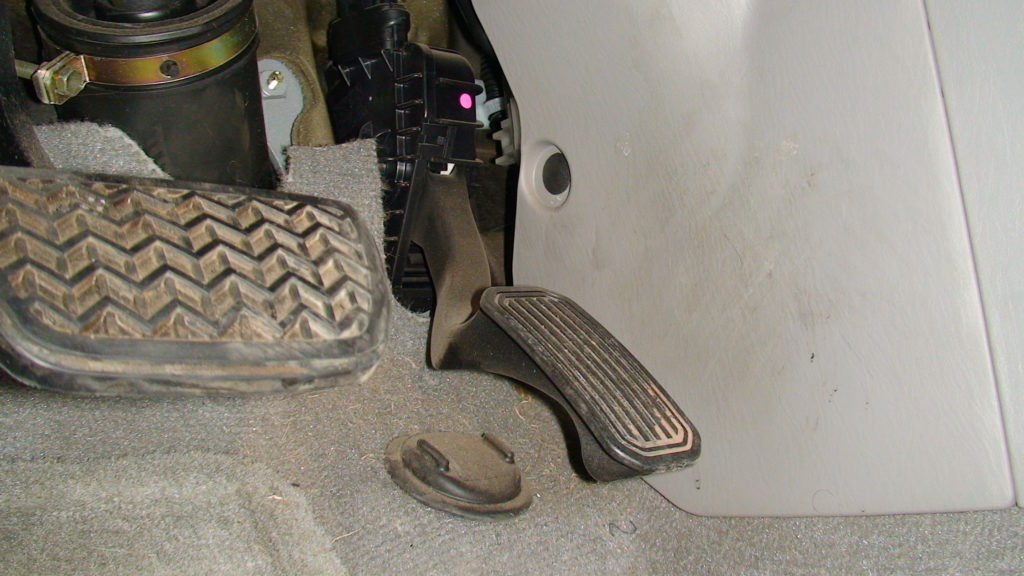Safety Research & Strategies, an automobile and product safety research and consulting firm, today filed its fourth Freedom of Information lawsuit against the U.S. Department of Transportation, alleging that it has improperly held documents regarding Early Warning Reports.
The lawsuit emanates from two instances in which manufacturers allegedly did not report serious injury claims against them to NHTSA, as required under the Transportation Recall Enhancement Accountability and Documentation (TREAD) Act’s Early Warning Reports (EWR) provision. One crash occurred in April 2009, involving a tire tread separation which resulted in an occupant sustaining a serious closed head injury. The second crash occurred in June 2010, involving the apparent failure of Harmony Lite Rider child restraint, which caused severe injuries to two young children.
“EWR data is supposed to alert the agency investigators to defect trends,” says SRS President Sean E. Kane. “But if manufacturers don’t report complete and accurate information, the system doesn’t work.”
Harmony, which manufactured the child safety seat and Nankang, the Taiwanese tire manufacturer, and Tireco, the tire importer, were notified of these claims via civil lawsuits in August 2010 and November 2011, respectively. Neither, however, showed up in a search of the manufacturer’s quarterly reports to NHTSA.
In March, SRS informed the director of the Office of Defects Investigation Frank Borris, and NHTSA’s Senior Associate Administrator for Safety, Daniel C. Smith, of these apparent omissions. The memo requested confirmation that these claims should have been submitted to the agency via a quarterly EWR submission, and “what actions the agency plans to take.” After receiving no reply, SRS submitted, in May, a Freedom of Information Act request, seeking any documentation that NHTSA followed up with Harmony, Nankang or Tireco, as well, as the agency’s policies and procedures around EWR, and a manufacturer’s failure to submit a reportable incident. Continue reading
